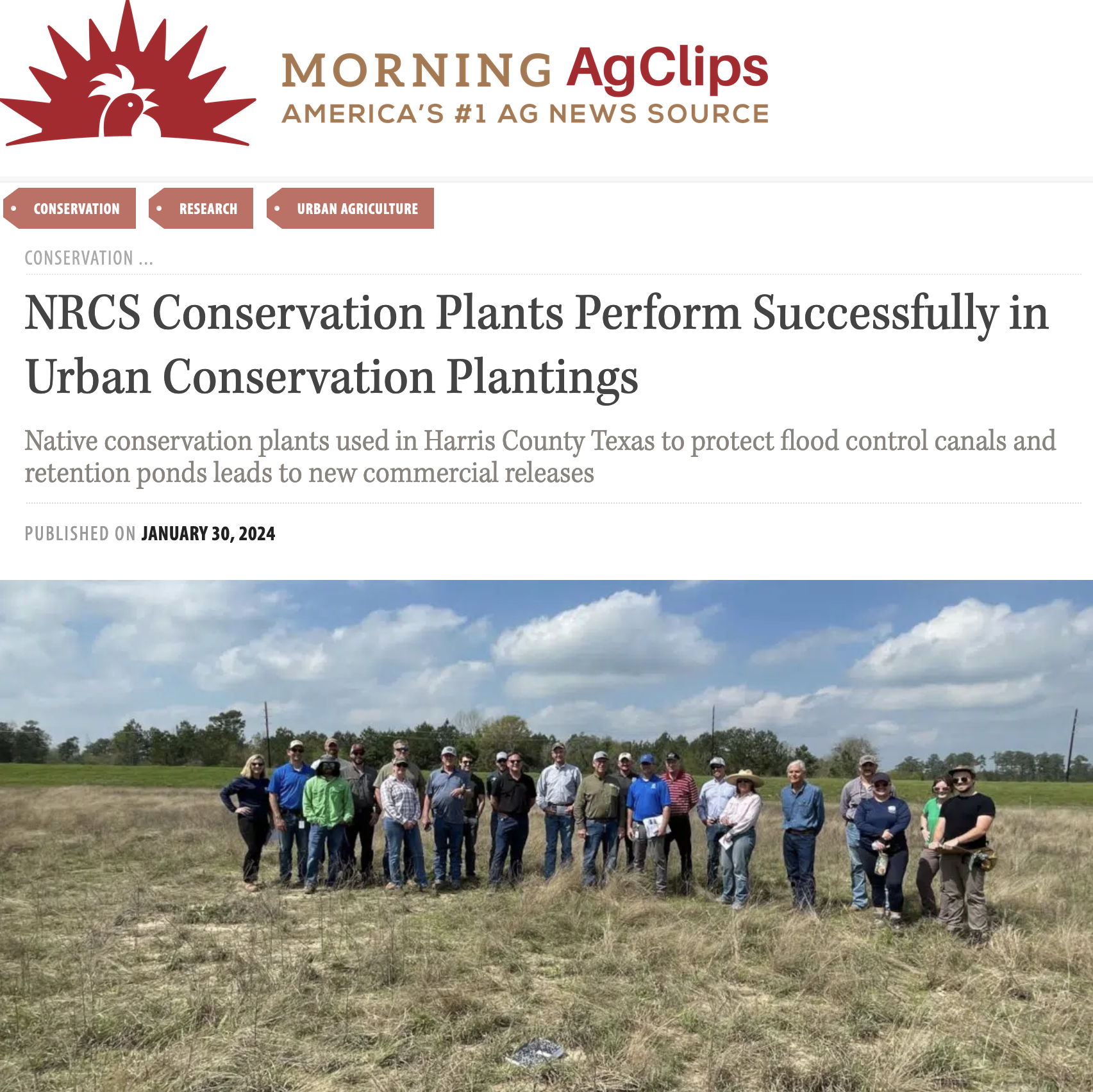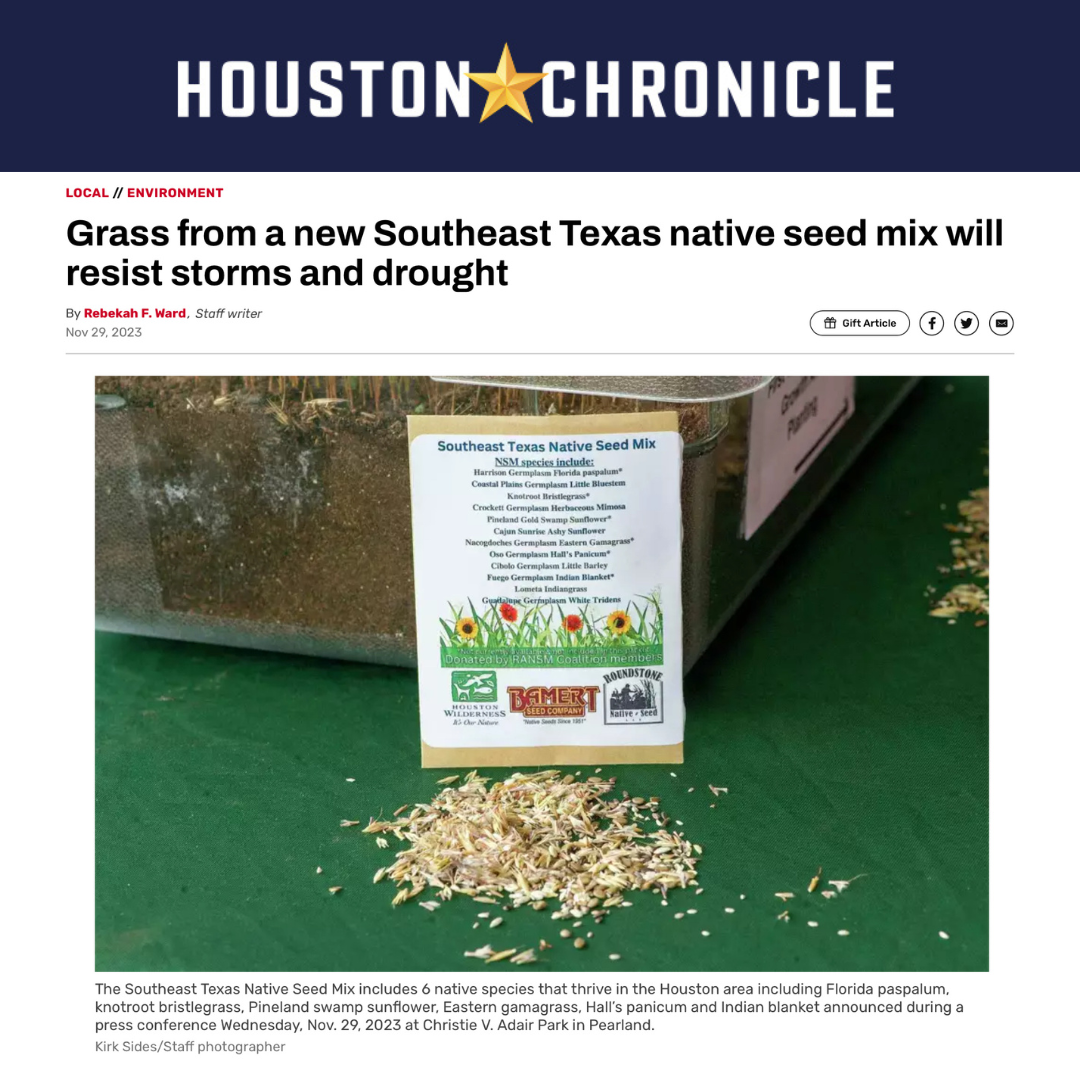UPDATE ON STATUS: RESTORE Direct Component (Bucket 1) RFGA
/The Bucket 1 Review Team has submitted its evaluations of the more than 200 project applications, totaling approximately $3.4 billion, received in response to the RFGA for the RESTORE Direct Component (Bucket 1) grant funds. As a reminder, the Bucket 1 Review Team consisted of representatives from several state agencies and the Governor’s Office. Commissioner Baker is in the process of reviewing those completed evaluations and the applications to identify potential projects for funding.
Following Baker’s review, and in collaboration with the Governor, a draft project list will be selected for inclusion in the State’s Multi-Year Implementation Plan (MIP). Under the RESTORE Act this plan is required to secure project funding and will be posted for public comment prior to submission to U.S. Treasury.
Please continue to visit this website for information on when the draft MIP, with the project list, will be posted in both the Texas Register and this website for public comment. Following the 45-day comment period, the finalized MIP will be submitted to the U.S. Treasury for acceptance.
We appreciate the overwhelming interest in the RESTORE Act program and look forward to presenting an MIP to the public that maximizes the benefit of these funds to the environment and economy of the Texas coast.














